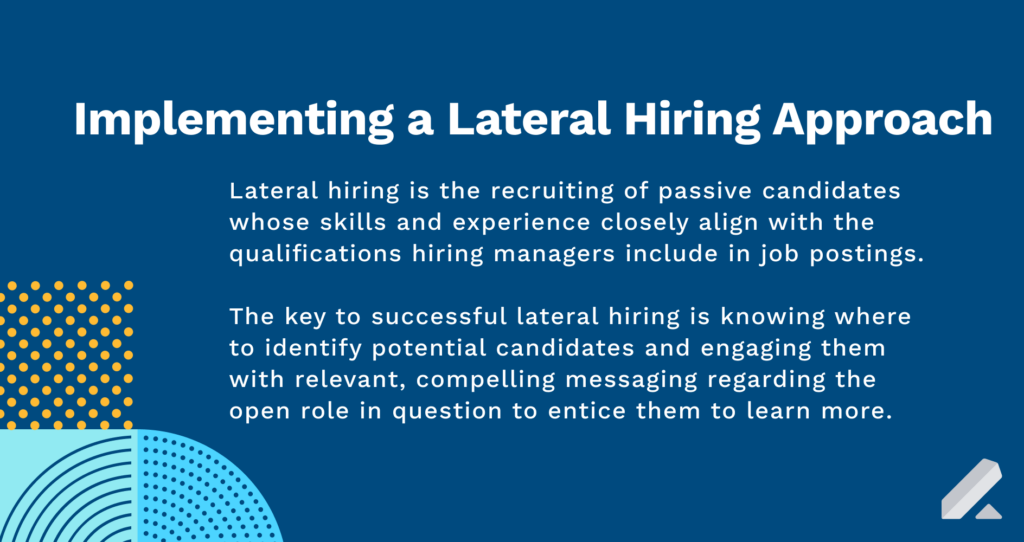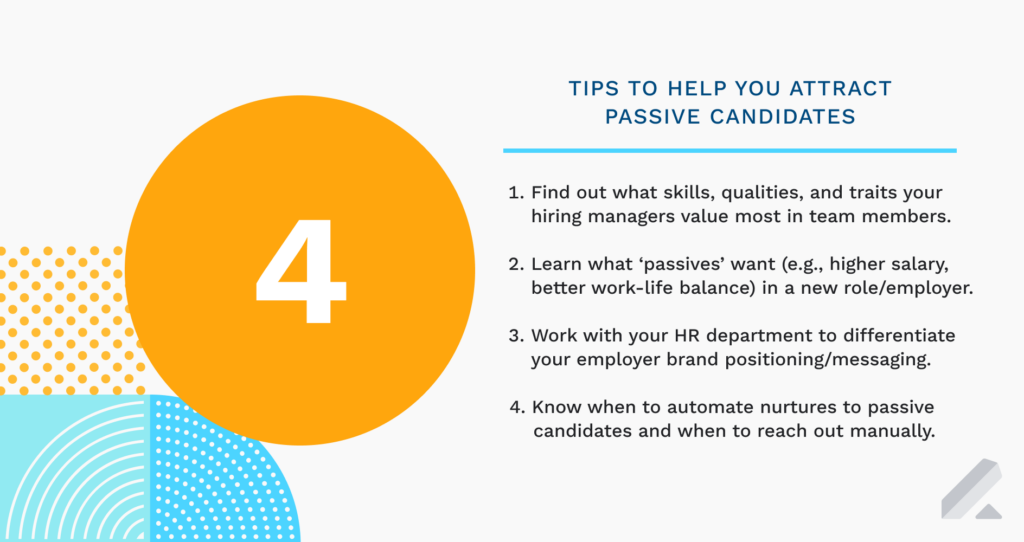Guest post from HackerEarth Content and PR Manager Kumari Trishya
Lateral hiring, the recruiting of experienced pros from outside one’s organization for permanent or temporary positions, is a highly beneficial talent acquisition approach today.
In short, it allows employers to quickly fill open roles with skilled employees.
This, in turn, reduces the need for costly training and lengthy onboarding.
What’s more, lateral recruitment also enables companies to access intricate skills and knowledge that may not be readily available at the moment within their own workforce.
Lateral hiring certainly has its challenges.
For instance, candidates may ask for higher salaries due to their more advanced experience levels. Similarly, when entering an already established team, new hires must take time to adjust and assimilate into the existing environment. Not everyone does this well.
All that said, there is no doubt that lateral hiring can bring unique benefits and opportunities to your business if done strategically and adequately. The key is understanding its pros and cons to ensure the strategy makes sense for your company in the years ahead.

Critical considerations for lateral hiring
Successful lateral hiring requires companies to adopt a strategic approach.
Begin with identifying the need for a new hire, mapping desired skills and experience, evaluating candidates’ track records and accomplishments, assessing for culture fit, and managing the expectations of existing team members.
Consider what skills or expertise are needed for a given role, which might differ from those already in the org. Similarly, determine whether you can and should offer training opportunities or other development resources that will help your new hire succeed in their role.
When looking for the desired skill sets and experience for potential lateral hires, examine both hard and soft skills as well as any specialized knowledge or certifications they may possess that could benefit your business’s long-term goals.
Just keep in mind these desired qualifications may change over time because of changing tech, industry trends, and organizational needs.
Evaluating a candidate’s track record (i.e., their history of success in their current role and previous positions) before making any final decisions about extending an offer of employment is a must. This includes discovering any prior awards or accolades they have been recognized throughout their career history that demonstrate their excellence in their field of expertise.
On the flip side, your company must also ensure they are aware of any potential red flags that could indicate issues such as past misconduct or poor performance records before hiring.
And then there’s culture-add.
It is a myth that senior hires, in particular, can automatically fit into any given work environment since they are adaptable. Similarly, an individual with all the required technical skills and experience may still not necessarily connect with your org’s culture or values.
When evaluating potential hires, discern how well a person will integrate into existing teams and workflows while driving innovation through their unique experiences and perspectives.

Building an effective lateral hiring strategy
That’s the high-level breakdown of lateral hiring. Now, let’s explore what you can do to attract passive candidates and ensure your recruitment process leads to the employment of individuals who can hit the ground running in their new roles at your org.
There are five tactics that can help you the perfect candidates for your lateral hiring needs:
- 1) Source candidates from relevant job boards and career communities.
- 2) Leverage networks and referrals as well to bolster your talent pool.
- 3) Utilize social media and related platforms as alternative sourcing avenues.
- 4) Engage with recruitment agencies and headhunters for additional help.
- 5) Provide a great candidate experience to get and keep top talent interested.
Developing a dedicated talent sourcing strategy for lateral hires can help your org pinpoint the most qualified candidates for your open positions.
This requires an understanding of the specific skills needed for the role and the cultural add that will benefit both the company and the individual.
Be sure to consider internal and external options when sourcing potential candidates. Internal referrals are often overlooked but lead to strong hires.
On top of that, tapping into popular industry networks can help uncover talented individuals who are not actively looking on the job market but who have specialized skills and, therefore, may be worth reaching out to with personalized nurture messaging to gauge their interest.
While social media can aid with lateral hiring, you need to be very specific about the way in which your talent team uses it to attract talent.
Instead of putting up a LinkedIn post stating your intent to hire a senior employee, it would be better to use tools for a refined search and then engage with shortlisted candidates through a personalized message.
Engaging with recruitment agencies and headhunters can also benefit lateral hiring. These firms have access to extensive databases of pre-screened talent that can significantly speed up your search process.
Additionally, they often have relationships with passive job seekers who may not otherwise be available if you rely solely on traditional job postings or referral programs.
And ensuring a positive candidate experience can also go a long way toward setting your company apart from other employers. This requires a concerted effort by your entire hiring team to ensure all touchpoints with prospects lead to a memorable experience for them.
Discover how you can enhance your talent acquisition team’s lateral recruiting efforts with our leading ATS + CRM solution. Schedule a Lever demo with our team today.




